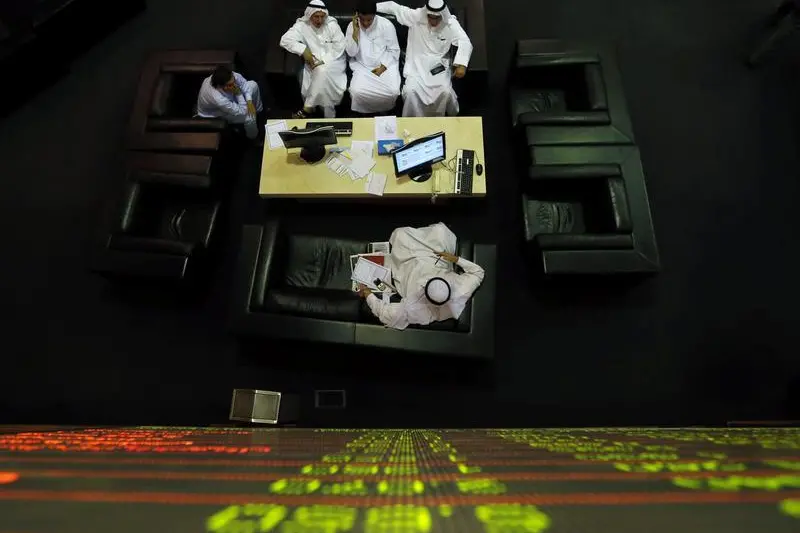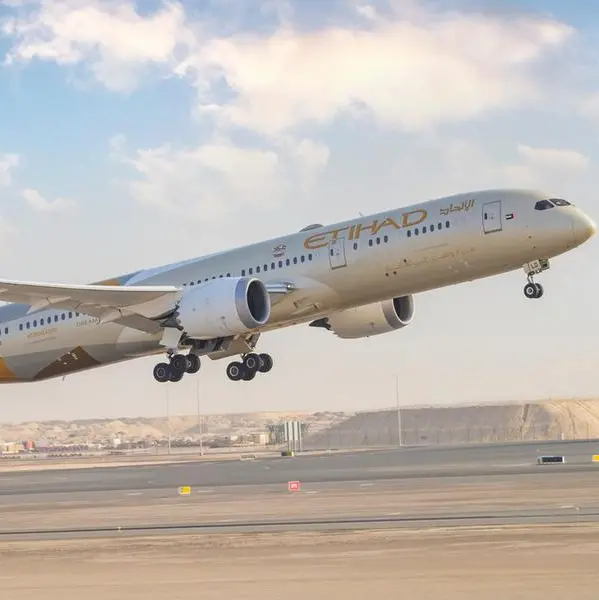PHOTO
UAE - Money exchanges in the UAE, the world's third largest remitting country, will continue to thrive in its conventional brick and mortar format for at least several more years despite the rapid penetration of digital payment service and disruptive FinTech challenges.
Rashed Ali Al Ansari, general manager of Al Ansari Exchange, is therefore as determined as ever that a target of 200 branches by 2020 set two years ago by his company would remain on track.
"We will be opening 15-20 new branches. By 2020, our network will increase to 200 outlets from the current 185 while our digital channel transaction volumes are poised to account for 22 to 25 per cent of our total business," Al Ansari said.
The expansion will also take Al Ansari operations to new markets within the GCC, including Kuwait and Saudi Arabia.
In 2018, Al Ansari Exchange recorded Dh40.5 billion in outward remittance volume, accounting for 31 per cent share of the total outflow from the UAE through exchange houses.
Al Ansari said his company would seek to boost its market share (currently 16 per cent) among Indian remitters who accounted for a total of Dh62 billion in money transfers through exchange houses from the UAE in 2017. However, Al Ansari has a dominant share of the Filipino and Egyptian expatriate remitters at 52 per cent and 53 per cent.
Outward remittances from the UAE through exchange houses rose six per cent to Dh129 billion in 2018 compared to 2017 while remittances through banks surged five per cent to Dh40 billion.
In 2019, exchange houses are expected to post 2.5 per cent growth in business although the first quarter growth was flat, Al Ansari said.
Speaking to Khaleej Times, Al Ansari said escalating cost of money remittance operations due to stricter regulatory and anti-money laundering (AML) compliance would see the closure of more money exchanges firms in the coming months.
In 2018, the number of exchange houses registered in the UAE declined to 125 from the previous year's level of 131 as a result of spiraling operational cost due to stringent AML compliance. "We will see more closures in the coming months among relatively small operators."
India accounted for 36.6 per cent of the remittances proportionate to the size of Indian expatriates in the UAE estimated at 3.31 million or 35.32 per cent of the total UAE population of 9.3 million. Remittance to Pakistan accounted for 8.8 per cent, the Philippines 6.9 per cent, Bangladesh 3.3 per cent and Egypt 5.1 per cent, according to data from the Central Bank of the UAE.
Currently, there are just over 1,000 exchange outlets across the UAE served by more than 13,000 employees, of which 10 per cent are UAE nationals.
Copyright © 2019 Khaleej Times. All Rights Reserved. Provided by SyndiGate Media Inc. (Syndigate.info).












